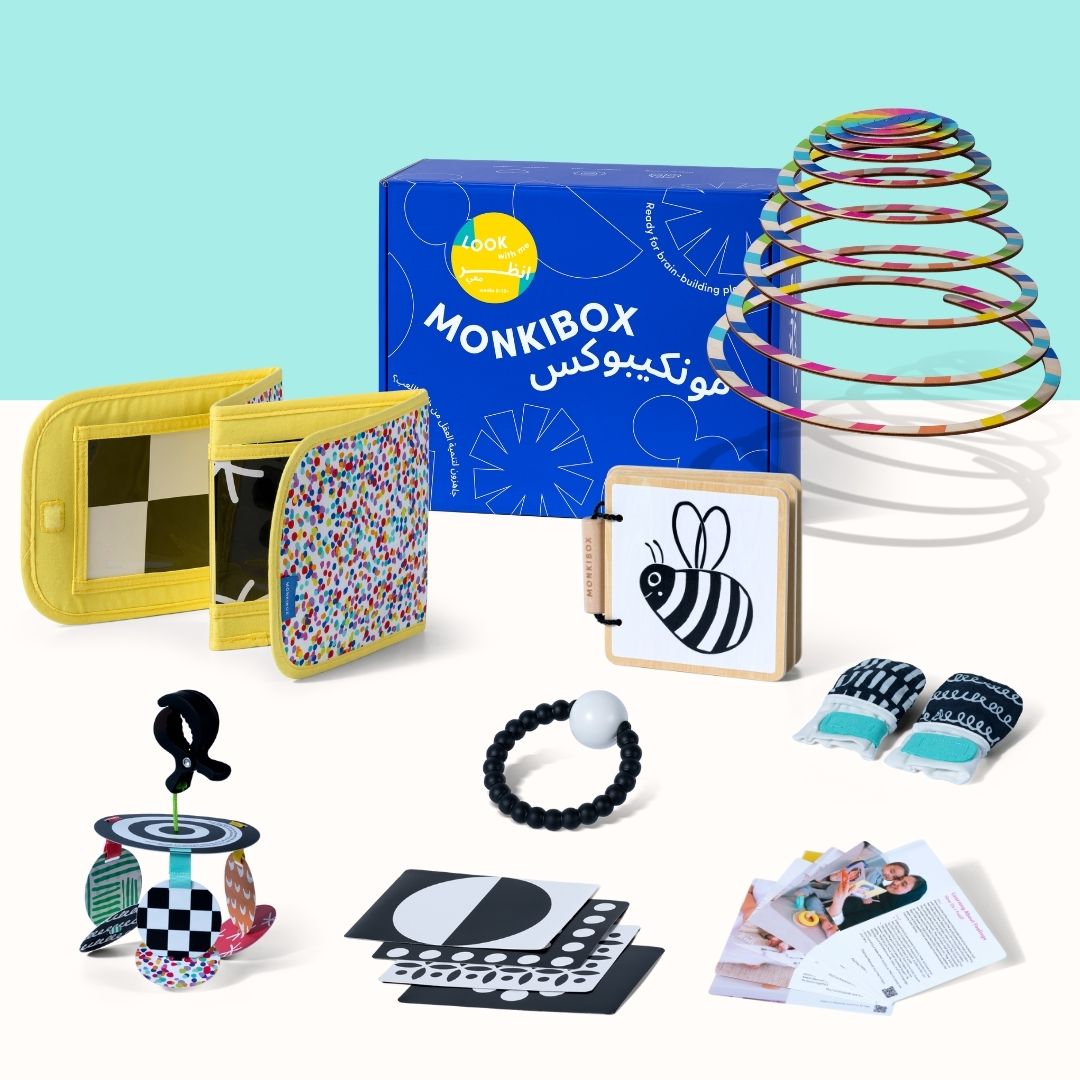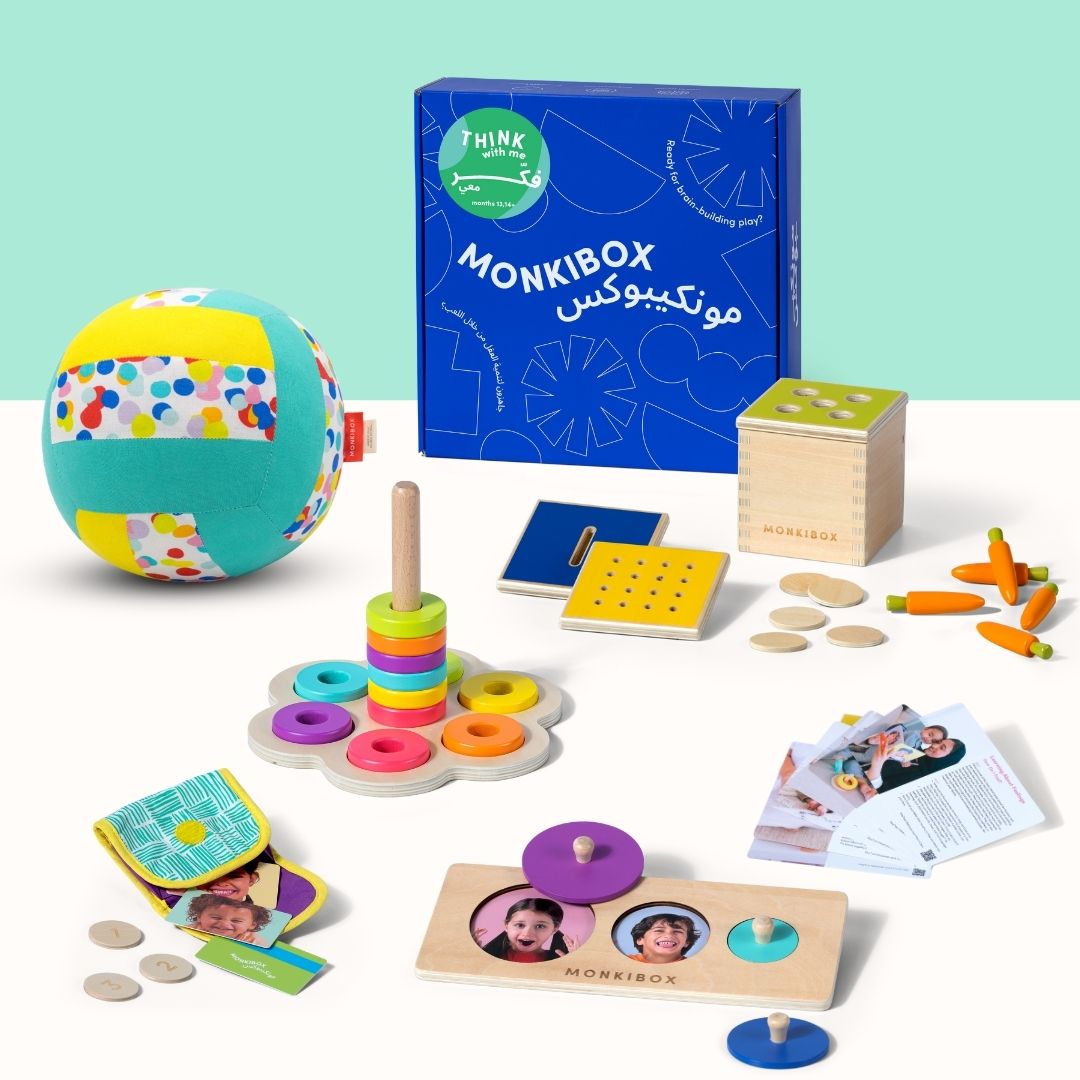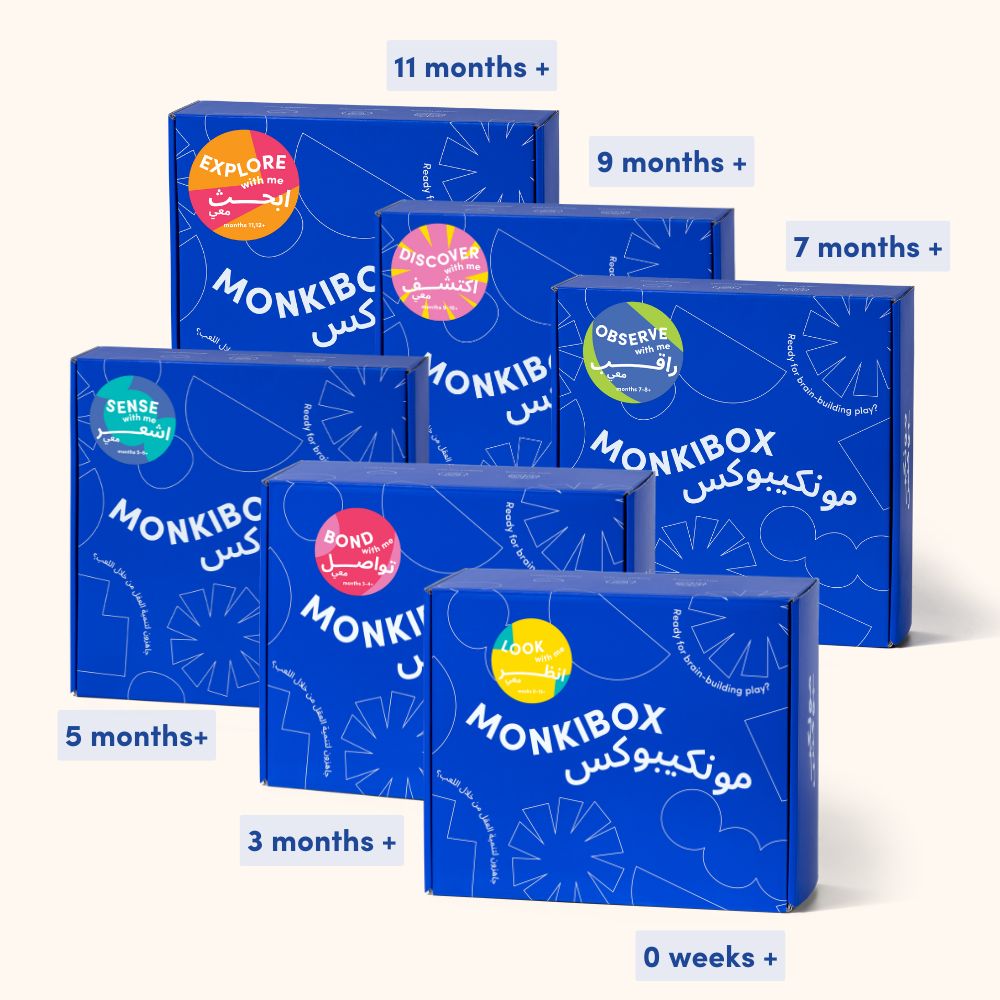Grasping is a key motor milestone that follows your baby’s growing confidence in reaching. Once grasping is mastered (typically by 9–10 months), brace yourself for the next stage—throwing!
Here’s a breakdown of the stages of grasp development and when to expect them:
4 Months: Ulnar Palmar Grasp
Your baby can hold an object placed in their hand, wrapping one or two fingers (usually the pinky and ring f inger) around it. The grip isn’t firm or controlled yet, and the thumb is not involved
5 Months: Palmar Grasp
Now your baby has better control and wraps more fingers around the object, centering it in the palm. Still no thumb involvement, but there’s more strength and coordination.
6 Months: Radial Palmar Grasp
Your baby begins using the thumb as a stabilizer while gripping an object. This is an early sign of refined control, although the thumb still doesn’t play an active role.
7 Months: Raking Grasp
Your baby tries to grab objects using a raking motion with spread fingers. Once contact is made, the fingers close around the item. This grasp strengthens hand muscles and improves coordination.
8 Months: Radial Digital Grasp
Here, your baby uses the pads of the thumb and fingers (excluding the forefinger) to lift objects. It’s a transition phase—a prelude to the pincer grasp. Thumb control continues to improve.
9 Months: Pincer Grasp
This is a major fine motor milestone. Your baby uses the tips of the thumb and forefinger to pick up small items with precision, like beads or bits of food. The pincer grasp lays the foundation for self-feeding, buttoning, and writing later on.
What is the Pincer Grasp, and How Is It Different?
The pincer grasp allows babies to pick up small objects using only the tips of the thumb and forefinger. This is more precise than earlier grasps (like palmar or raking), which rely on the entire hand or the pads of the f ingers.
How Does the Pincer Grasp Evolve from the Radial Digital Grasp?
The radial digital grasp (seen around 8 months) uses the thumb and fingers, but lacks the fine control needed to isolate the thumb and forefinger. As hand-eye coordination and thumb control improve, babies refine their movements to achieve the precise, coordinated motion required for the pincer grasp.
Want to support your baby’s grasp development? MonkiBox Montessori-inspired toys are designed to nurture every milestone with age-appropriate play tools and expert-backed guidance.
Start the development journey with MonkiBox today!




